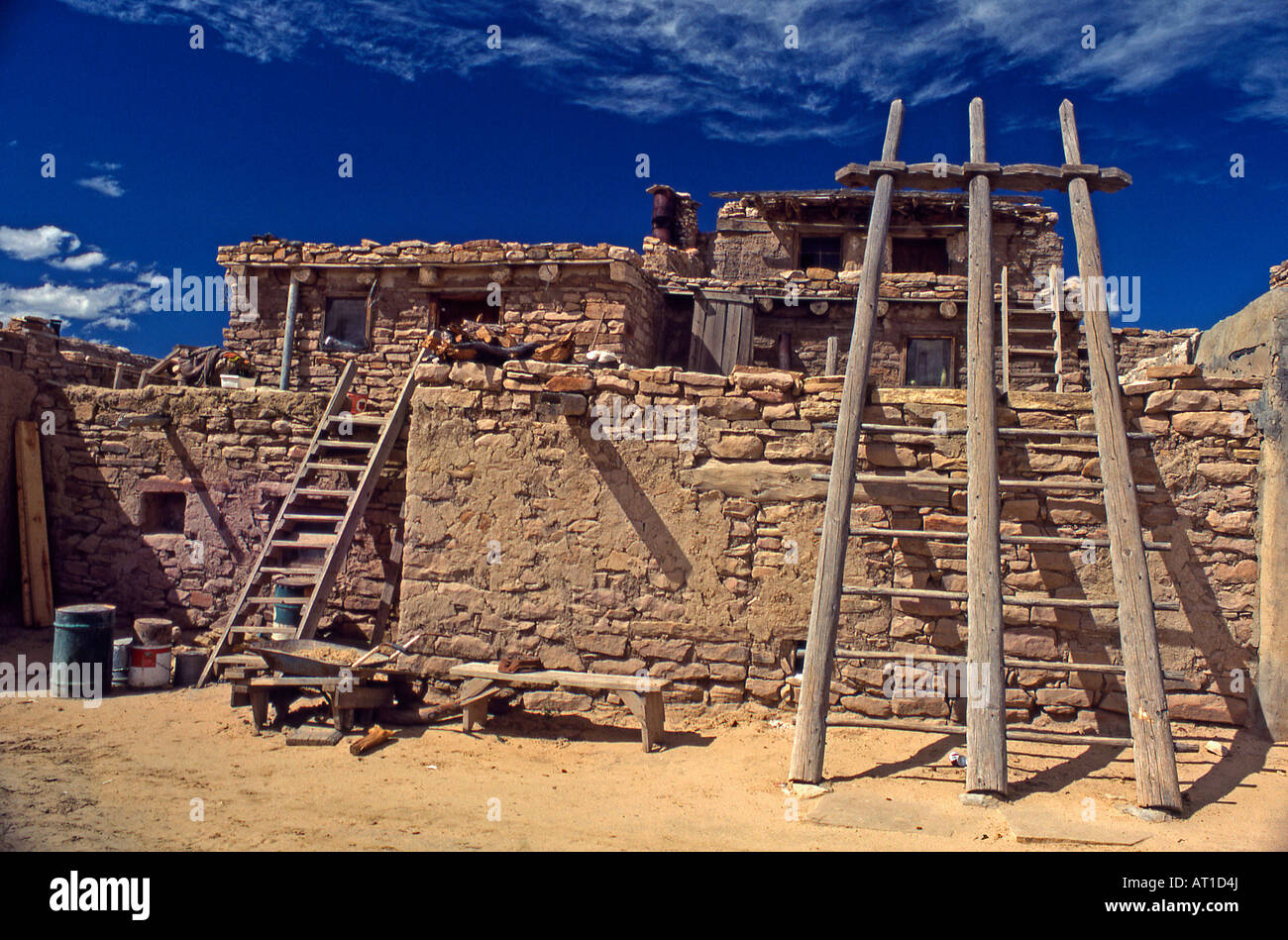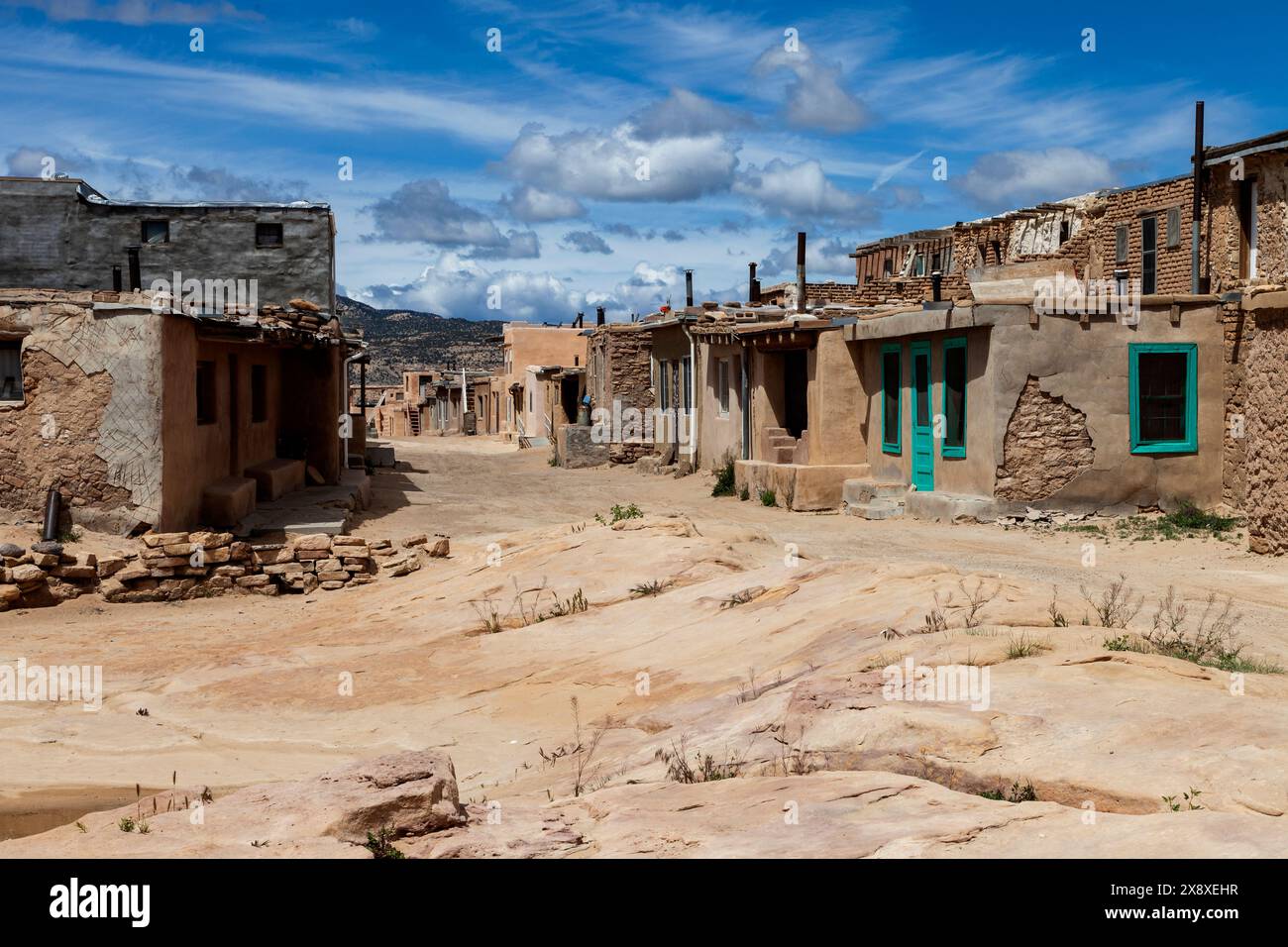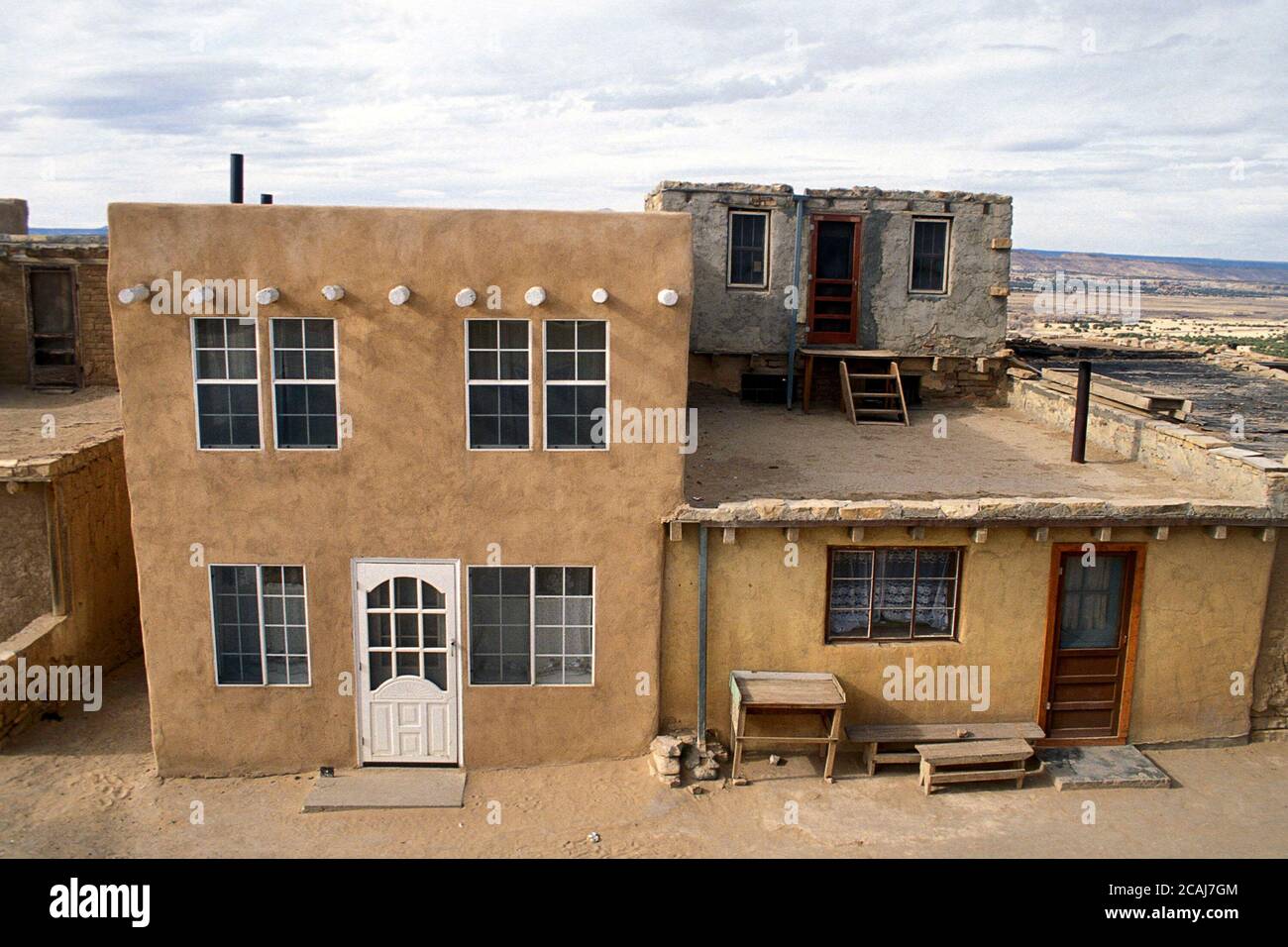
Acoma Pueblo: Sky City, North America’s Enduring Zenith of Human Habitation
Perched atop a 367-foot sandstone mesa, its formidable cliffs scarred by millennia of wind and rain, Acoma Pueblo, often called "Sky City," stands as a testament to human resilience and continuity. Widely recognized as the oldest continuously inhabited settlement in North America, this remarkable community in New Mexico has been home to the Acoma people, known as Haak’u, for over 800 years, with some archaeological evidence suggesting habitation for more than a millennium. It is a living museum, a sacred homeland, and a powerful symbol of enduring indigenous culture in the face of conquest, adversity, and the relentless march of time.
To approach Acoma Pueblo is to journey back through layers of history. Located approximately 60 miles west of Albuquerque, the site is not merely an ancient ruin but a vibrant, if sparsely populated, spiritual heart of the Acoma Nation. Its isolation, once its primary defense, now contributes to its mystique. The mesa itself, known as "Acoma" (derived from the Keresan word for "a place prepared"), rises abruptly from the surrounding desert, a natural fortress chosen by ancestors for its strategic advantage against nomadic raiders. Here, the Acoma people cultivated crops in the valley below, hunted game, and developed a rich cultural tapestry interwoven with their unique environment.
The earliest structures on the mesa, built from adobe and stone, were multi-storied dwellings, many of which still stand today. Historically, access to the mesa top was perilous, often involving hand-carved stairways in the rock face and ladders that could be pulled up at night, effectively sealing the community from intruders. This ingenious defensive strategy allowed the Acoma to thrive, developing sophisticated agricultural practices, intricate pottery techniques, and a deeply spiritual worldview centered around their connection to the land and sky. Their Keresan language, spoken for centuries, remains a vital link to their heritage, though English is now widely spoken.
The tranquility of Acoma’s ancient existence was irrevocably shattered with the arrival of European explorers. In 1540, Spanish conquistador Francisco Vázquez de Coronado’s expedition was likely the first European contact, though it was Juan de Oñate’s entrada in 1598 that marked a brutal turning point. Seeking to assert Spanish dominion and demand tribute, Oñate’s nephew, Maese de Campo Juan de Zaldívar, led a contingent of soldiers to Acoma. A conflict erupted, resulting in Zaldívar’s death. In retaliation, Oñate orchestrated a devastating siege of the pueblo in January 1599.
The Spanish assault on Sky City was merciless. For three days, Spanish soldiers, armed with superior weaponry, battled the Acoma warriors who fought valiantly to defend their homeland. The pueblo, once impregnable, fell. The aftermath was horrific: hundreds of Acoma people were killed, and many survivors were subjected to brutal punishments. Oñate decreed that all men over 25 have one foot amputated and be enslaved for 20 years. Women and children were also enslaved. This act of extreme cruelty, intended to crush the spirit of the indigenous people and serve as a warning to other pueblos, instead forged an unyielding resolve within the Acoma to endure.

Despite the unimaginable trauma, the Acoma people refused to abandon their sacred mesa. They rebuilt, adapted, and subtly integrated aspects of the new culture while fiercely guarding their own. A powerful symbol of this resilience and forced syncretism is the San Esteban del Rey Mission Church, a colossal adobe structure built between 1629 and 1640 by forced Acoma labor under the direction of Franciscan friars. This architectural marvel, with its 30-foot thick walls and massive hand-carved beams, stands as a testament to both Spanish imposition and the enduring labor and faith of the Acoma people. It required timbers to be hauled from Mount Taylor, nearly 30 miles away, without the use of wheeled vehicles or beasts of burden, a Herculean task that speaks volumes about the Acoma’s strength and spiritual determination. Today, the mission church is a National Historic Landmark and a UNESCO World Heritage Site, a place of profound significance to the Acoma people, who continue to worship there, blending Catholic traditions with their ancestral beliefs.
Life on the mesa, even after Spanish contact, remained remarkably self-sufficient. Water, a precious commodity in the arid Southwest, was collected in cisterns carved into the rock and transported by hand. Until the mid-20th century, there was no running water or electricity on the mesa, and for the few remaining permanent residents, these amenities only arrived much later. The Acoma people continued to rely on their traditional farming methods, their skilled hunting, and their renowned pottery.
Acoma pottery, distinct for its thin walls, fine temper, and elaborate black-on-white or polychrome designs, has been a cornerstone of their culture and economy for centuries. Passed down through generations, primarily by women, this art form is not merely craft but an expression of identity and connection to the earth. The clay is sourced locally, prepared with traditional methods, and fired outdoors, resulting in pieces that are both functional and breathtakingly beautiful. The designs often incorporate geometric patterns, animal figures, and representations of clouds, rain, and mountains, reflecting their deep spiritual reverence for the natural world.
In modern times, Acoma Pueblo faces the complex challenge of preserving its ancient heritage while navigating the realities of the 21st century. While the majority of the Acoma Nation’s approximately 5,000 members now live in surrounding villages like Acomita and McCarty’s, the mesa remains their spiritual and cultural heart. Only a few dozen residents live permanently on the mesa today, often elders who choose to maintain the traditional lifestyle, returning to their ancestral homes. However, the pueblo comes alive during ceremonial occasions, family gatherings, and feast days, when Acoma people from across the nation return to their ancestral home.
Tourism plays a crucial role in Acoma’s economy and cultural preservation efforts. Visitors are welcomed to Sky City, but access is carefully controlled. All tours must be guided by Acoma members, ensuring that the stories and traditions are shared respectfully and authentically. The Haak’u Museum and Sky City Cultural Center, built at the base of the mesa, serve as a vital educational hub, showcasing Acoma history, art, and contemporary life, and providing a gateway for visitors to understand the profound significance of the pueblo. This controlled tourism allows the Acoma to generate revenue to maintain their ancient structures, support their cultural programs, and provide services to their community, while also protecting the sanctity of their homeland.
The claim of Acoma Pueblo as the "oldest continuously inhabited settlement" is not merely a historical footnote; it is a declaration of enduring identity. While archaeological sites like Chaco Canyon or Mesa Verde are older, they were eventually abandoned. Acoma Pueblo, despite sieges, epidemics, and cultural pressures, has never been truly forsaken by its people. The presence of the Acoma people, their language, their ceremonies, and their stewardship of the land maintain a continuous thread from their distant past to the present day. "Our ancestors built this place not just as a home, but as a statement of who we are," an Acoma elder might say, echoing the sentiment of generations. "We are still here. We have always been here."
Looking to the future, Acoma Pueblo continues its efforts to balance economic development—including a casino and cultural tourism—with the vital work of cultural preservation. The Acoma Tribal Council, elected by the people, oversees governance, infrastructure, and the myriad challenges of a modern tribal nation. Ensuring that the Keresan language remains vibrant, that traditional ceremonies continue, and that the physical structures of Sky City are maintained for future generations are paramount concerns. Environmental challenges, particularly water scarcity in a changing climate, also pose significant threats to their way of life.
Acoma Pueblo is more than just an ancient city; it is a living, breathing testament to the power of the human spirit, a beacon of resilience, and a profound example of cultural continuity against overwhelming odds. It is a place where history is not just recounted but lived, where ancient traditions blend with modern realities, and where the echoes of centuries past resonate in the winds sweeping across the mesa. Sky City stands not merely as the oldest continuously inhabited settlement in North America, but as an enduring symbol of the strength, spirit, and unwavering presence of indigenous peoples on this continent.
